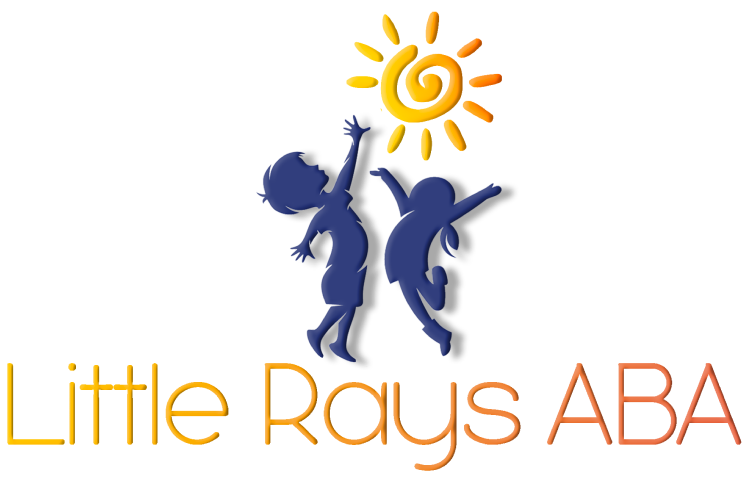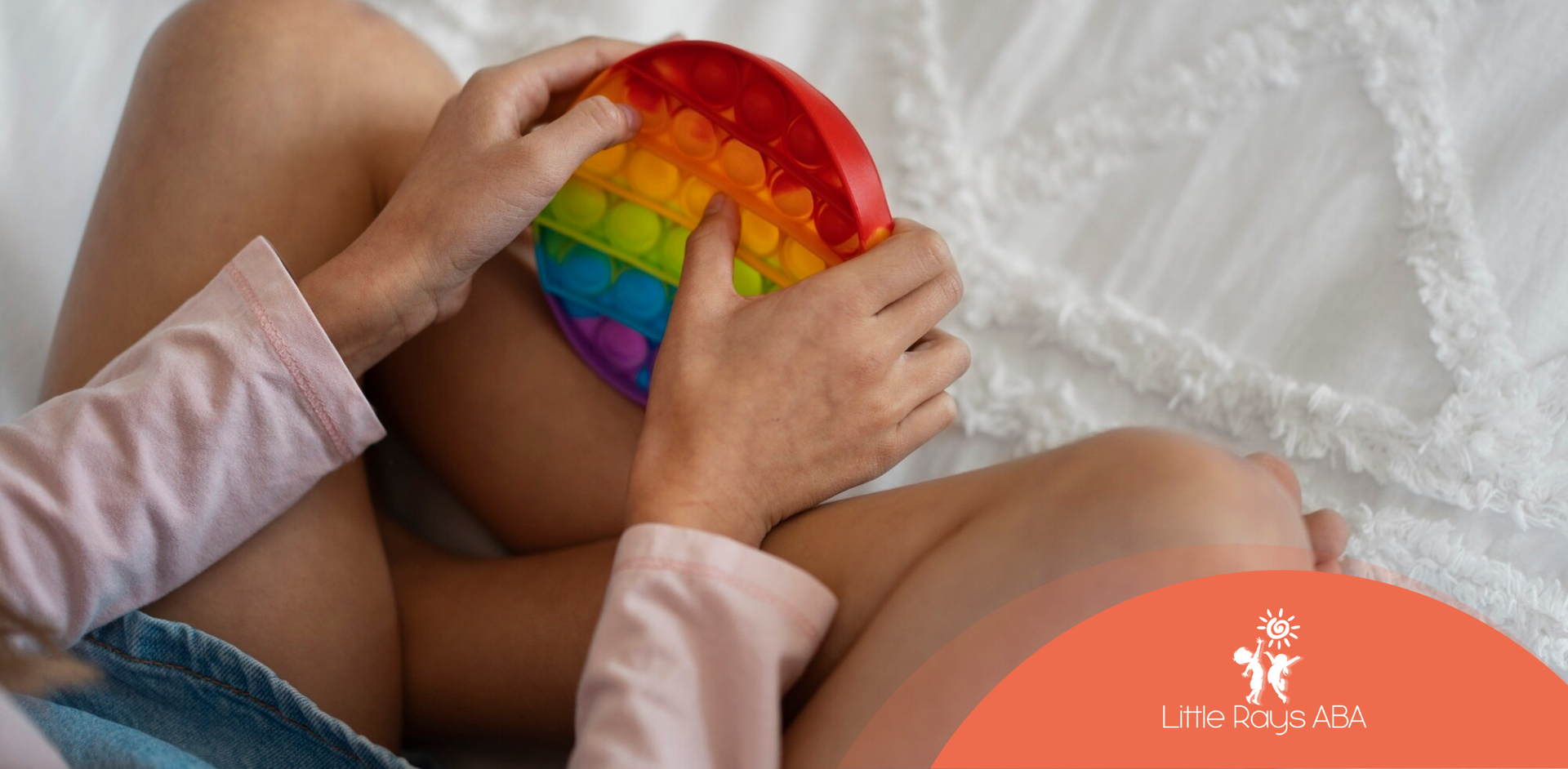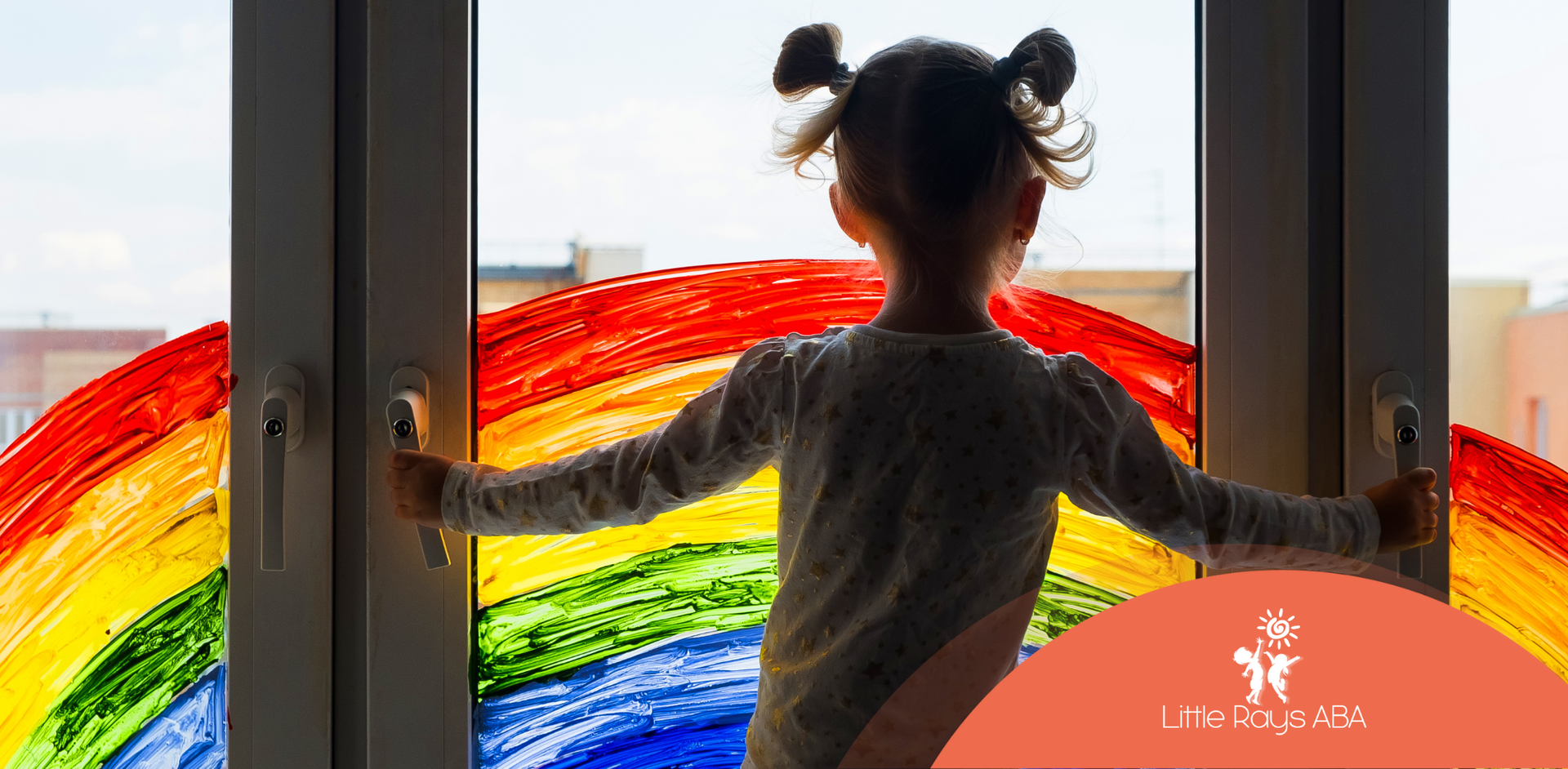Understanding Sensory Challenges
Characteristics of Sensory Issues
Folks on the autism spectrum often deal with sensory quirks—some are hypersensitive; some, not so much. The good ol' DSM-V says sensory stuff can be part of autism, but hey, not everyone's in the same sensory boat.
Take hyperreactivity: it's all about being extra-sensitive. Imagine a kiddo freaking out over a buzzing light or a loud noise—it's stressful! On the flip, hyporeactivity is about not feeling things enough. Some might need to move a lot or love bright lights just to feel balanced.
Now, sensory challenges are super common in autism.
Over 96% of these kids report some funky sensory stuff happening. It's like the brain's got a different way of tuning into the world.
How does this play out day-to-day, you ask? Well, it can mess with social interactions and keeping calm. Everyone with autism has their own sensory landscape. Getting to know these quirks is key to lending a hand. Picture this: by understanding what flips their sensory switch, you can help them keep focus and get through the day smoother.
It's worth it for parents, teachers, and therapists to tune into these sensory vibes. Help can come from things like Applied Behavior Analysis (ABA) and occupational therapy—a little personalized care goes a long way. Knowing and adapting to these sensory needs not only supports them but irons out daily life wrinkles, making their world a much comfier place.
Hyperreactivity vs Hyporeactivity
Sensory Sensitivity Spectrum
People with autism often display a range of sensory reactions, which generally fall into two categories: hyperreactivity and hyporeactivity. These terms describe how a person reacts to sensory input, and they can deeply affect day-to-day life.
Hyperreactivity means having a heightened sensitivity to sensory stimuli. Folks who are hyperreactive might get frazzled by loud noises, certain textures, or bright lights, which can make them anxious or uncomfortable. Picture this: a kid who covers their ears when the classroom gets too noisy or insists on wearing only the softest clothes. Here are some typical signs of hyperreactivity:
| Sensory Input | Common Reactions |
|---|---|
| Sounds | Feeling uneasy, distress, covering ears |
| Textures | Avoidance of scratchy fabrics, discomfort with touch |
| Lights | Shielding eyes, liking dim spaces |
Hyporeactivity, in contrast, means being less sensitive to sensory stimuli. Those with hyporeactivity might seem tuned out to what's going on around them or need more intense stimuli to feel engaged. Imagine a child who doesn't flinch at sudden loud noises or seems unbothered by a pat on the back. Here's a glimpse of what hyporeactivity might look like:
| Sensory Input | Common Reactions |
|---|---|
| Sounds | Acts like they don't hear or plays loudly |
| Textures | Likes strong textures, frequent rough play |
| Lights | Not bothered by bright or flickering lights |
Recognizing sensory challenges, whether it's due to hyperreactivity or hyporeactivity, is key. It impacts everyday living and requires thoughtful support. By understanding these variations, parents, teachers, and specialists can create better spaces for those dealing with sensory issues in autism. Need more details on autism? Check out our article on what is autism.
People on the autism spectrum experience a complicated mix of sensory responses, with reactions that can be all over the map. Spotting these patterns is essential for crafting the right interventions and accommodations.
Impact on Daily Life
Challenges in Different Environments
Individuals with autism navigate the world through a unique sensory lens, often facing obstacles due to sensory quirks. These quirks come in two flavors: too much (hyperreactivity) or not enough (hyporeactivity) response to things like sights, sounds, textures, tastes, and smells. It's a bit like having your senses on a set of tricky dimmer switches that are constantly being fiddled with. These sensory puzzles can make life’s simple tasks feel more like solving a Rubik’s Cube blindfolded.
Common Environmental Challenges
| Setting | Typical Struggles |
|---|---|
| Home Life | Noise, bright lights, or textures can be too much; keeping routine a challenge |
| School | Overhead lights buzz like a swarm of bees; group work feels like a bad sitcom reunion |
| Public Spots | Crowds are sensory circuses; shifting from one thing to another is tough |
| Social Gatherings | New places bring jitters; hugs can feel more like bear traps |
Each person on the autism spectrum has their own sensory cocktail, shaken not stirred, which can stir up different reactions based on the setting. Picture a kiddo who finds the hubbub of a school a bit too rock-n-roll, but sinks into bliss inside a quiet library like it’s a warm bath. It’s all about tuning in to these unique notes.
By embracing the sensory ebb and flow, individuals with autism can better sail through their day-to-day adventures. Support and understanding, along with methods like Applied Behavior Analysis (ABA) and occupational therapy, can help sketch out a roadmap that tames sensory hurdles. These therapies are like trusty sidekicks in the quest for well-being and smoother social journeys.
Tweaking surroundings, employing sensory gizmos, and establishing zen routines can help parents and caregivers turn daily life into a smoother ride. Getting a handle on what makes an autistic person’s senses tick encourages better chats and connections, like finding the right dance partner, boosting their day-to-day joy.
Interventions and Support
Tackling those pesky sensory issues in autism calls for some well-aimed interventions and support. Two big players in the game are Applied Behavior Analysis (ABA) and occupational therapy. These approaches come with a toolkit of strategies aimed at giving folks with autism a better handle on their sensory world.
Applied Behavior Analysis (ABA)
ABA is like a household name when it comes to dealing with behavior matters related to sensory stuff. The magic happens with a Board Certified Behavior Analyst who tailors the programming right to the individual’s needs. It's all about helping kids with autism find their way through their sensory encounters without too much fuss.
Studies out there tell us that ABA procedures do wonders for how kids handle sensory stimuli, leading to an all-around better quality of life. Key ABA moves often include:
- Backing the Good Stuff: Using positive reinforcement to nudge along desired behavior.
- Building Skills: Training to confidently tackle sensory hurdles.
Here's the lowdown on ABA’s game plan:
| Component | Description |
|---|---|
| Tailored Plans | Each plan is as special as the kid it's designed for. |
| Skill Building | Focused on overcoming sensory roadblocks. |
| Positive Clicks | Rewarding the sweet-side behaviors to encourage 'em more. |
Role of Occupational Therapy
Occupational therapy (OT) is another resource in the toolbelt for dealing with sensory bumps. OT therapists step in to size up sensory needs and roll out plans that make everyday settings more manageable, be it home or school.
With OT, those on the autism spectrum can learn ways to manage all that sensory bombardment, which could mean:
- Changing Up the Scene: Crafting environments that are less likely to overwhelm.
- Getting the Right Mix: Engaging in activities that help with sensory inputs.
OT doesn’t fly solo either. Sometimes you’ve got dietitians and speech therapists jumping in to help with tastes, textures, and whatnot that can really mess with eating.
Here’s a snapshot of OT’s focus zones:
| Focus Area | Description |
|---|---|
| Shaping Surroundings | Tweaking places to suit sensory likes and dislikes. |
| Sensory Savvy Activities | Programs that nurture sensory processing slayers. |
| Team Effort | Working hand in hand with other experts to manage sensory adventures. |
All in all, Applied Behavior Analysis and OT bring much-needed support for children managing autism and the sensory challenges that tag along. Relatives and teachers can get a lot out of understanding these intervention techniques, making life more chill for those on the autism spectrum.
Addressing Diverse Needs
Personalized Strategies and Help
Tackling sensory issues in autism needs a handy approach focused on what each person's sensitive to and what they like. Personalized strategies can make life way better and improve learning for folks dealing with sensory challenges.
Grasping Individual Sensitivities
Everyone with autism experiences sensory stuff differently, so it's important to figure out what bothers them and what doesn't. Parents, teachers, and professionals ought to do some digging to understand someone’s sensory likes and dislikes.
| Sensory Sensitivity | Potential Solution |
|---|---|
| Loud Noises | Noise-cancelling headphones or a quiet corner. |
| Bright Lights | Use dimmer lights or sunglasses indoors. |
| Textures | Choose comfy clothes; avoid scratchy materials. |
| Crowds | Find calm areas or allow short quiet timeouts. |
Getting to know and adjusting to sensory issues can make things more comfy and open up chances for learning, talking, and hanging out in the community.
Crafting Safe Environments
Making spaces that care for sensory needs is crucial. Classrooms, homes, and public places can feature sensory-friendly tweaks like:
- Quiet Corners: Have spots where folks can go to relax when overwhelmed.
- Sensory Gadgets: Offer fidget toys, weighted blankets, and calming stuff.
- Fun Seating: Offer choices like bean bags or cushions so people can sit comfy.
Boosting Self-Advocacy
Teaching self-advocacy helps people with autism speak up about what they need, sensory-wise. This includes:
- Talk Skills: Encourage using words and signals to show discomfort or the need for a pause.
- Tailored Plans: Create personal sensory plans that list ways to deal with sensory overload in different places.
Being able to voice needs and having the right adjustments in different settings help folks handle sensory demands better.
Working Together
Teamwork among families, therapists, and teachers is key in finding and using good strategies and supports. Checking and changing accommodation plans regularly keeps them in tune with what a person needs as they grow.
By building an understanding community and tackling sensory issues head-on, people with autism can feel less uneasy and more connected to the things around them. Adjusting sensory experiences can affect social skills and adaptive functioning, showing how crucial tailored strategies are.
Research Findings and Implications
Understanding the impact of sensory issues in autism is key to making life better for those affected. Studies show strong links between how people with autism handle senses and their social skills and ability to adapt.
Link with Social Skills
Research shows that folks with Autism Spectrum Disorders (ASD) and sensory processing issues often struggle with social skills and understanding social cues. For instance, preschoolers with autism who have strong sensory issues often find social interactions tougher and have a harder time picking up on social signals.
| Sensory Issue Intensity | Social Skills Impact |
|---|---|
| Low | Few social struggles |
| Moderate | More social engagement challenges |
| High | Big troubles in social interaction and understanding |
Kids with higher sensory challenges tend to lose social motivation and miss out on the subtleties of social exchanges. These sensory processing quirks matter a lot for boosting social skills in autism.
Impact on Everyday Functioning
Sensory issues don't just mess with social skills, they also hit adaptive functioning hard. Kids with hefty sensory problems often struggle with everyday tasks, like taking care of themselves and solving basic problems. These sensory hiccups can make it tough for a child to do well in places like school and social circles, slowing down their growth.
| Adaptive Functioning Level | Sensory Issue Severity |
|---|---|
| High | Low sensory issues |
| Moderate | Medium sensory problems |
| Low | Strong sensory issues |
Kids at risk for ASD may show more sensory-seeking behavior early on, which could hint at future social struggles. This all points to how deeply sensory issues impact a child's ability to fit into their environment.
In short, sensory issues in autism deeply affect both social skills and how kids adapt to daily life. Grasping these links is vital for parents, teachers, and professionals helping those with autism. For more insights on autism, check out our articles on the
signs of autism in kids.
Unlock Your Child's Potential with Expert ABA Therapy!
At Little Rays ABA, we provide compassionate, evidence-based ABA therapy to help children with autism thrive. Our personalized approach fosters growth in communication, social skills, and independence.
Get In Touch With Us Today to Get Started With ABA Therapy!
Related Posts
MENU
GET IN TOUCH
7117 San Salvador Dr Boca Raton, FL 33433
3200 Collins Ave Miami Beach, FL 33140





